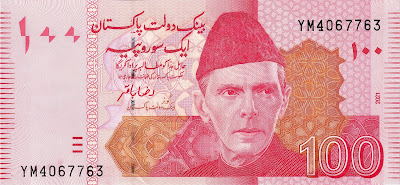The official currency of Laos is the Lao kip (LAK), which has its origins deeply rooted in the nation's history and culture. Introduced in 1952 to replace the French Indochinese piastre, the Lao kip became the legal tender following Laos' declaration of independence from France in 1949. Its name "kip" is derived from the French word "kippe," a term used for currency during the colonial era.
Historically, the Lao kip has experienced fluctuations in value due to various economic and political factors. During the 1970s and 1980s, Laos faced significant economic challenges, including isolation from global markets and the legacy of the Indochina Wars. As a result, the value of the kip depreciated considerably, leading to high inflation and economic instability.
In the early 1990s, Laos began implementing economic reforms to transition towards a market-oriented economy, which included efforts to stabilize the currency. Despite these reforms, the Lao kip remained relatively weak compared to major international currencies, such as the US dollar and the euro.
As of recent data, the exchange rate stands at approximately 9,000 LAK per 1 USD, highlighting the kip's modest value in the global market. However, it's essential to note that the official exchange rate may differ from rates offered in informal markets, reflecting the currency's vulnerability to fluctuations and speculative activities.
Despite its challenges, the Lao kip plays a crucial role in facilitating domestic transactions and supporting the country's economy. It remains the primary medium of exchange for daily transactions, while the US dollar is commonly used for larger transactions and as a store of value.
Laos continues to strive for economic development and stability, with efforts to attract foreign investment and promote sustainable growth. The value of the Lao kip in the market will likely be influenced by ongoing economic reforms, external factors, and global economic conditions in the years to come.

.jpeg)
.jpeg)
.jpeg)
.jpeg)
.jpeg)
.jpeg)
.jpeg)
.jpeg)
.jpeg)
.jpeg)
.jpg)
.jpg)
.jpg)
